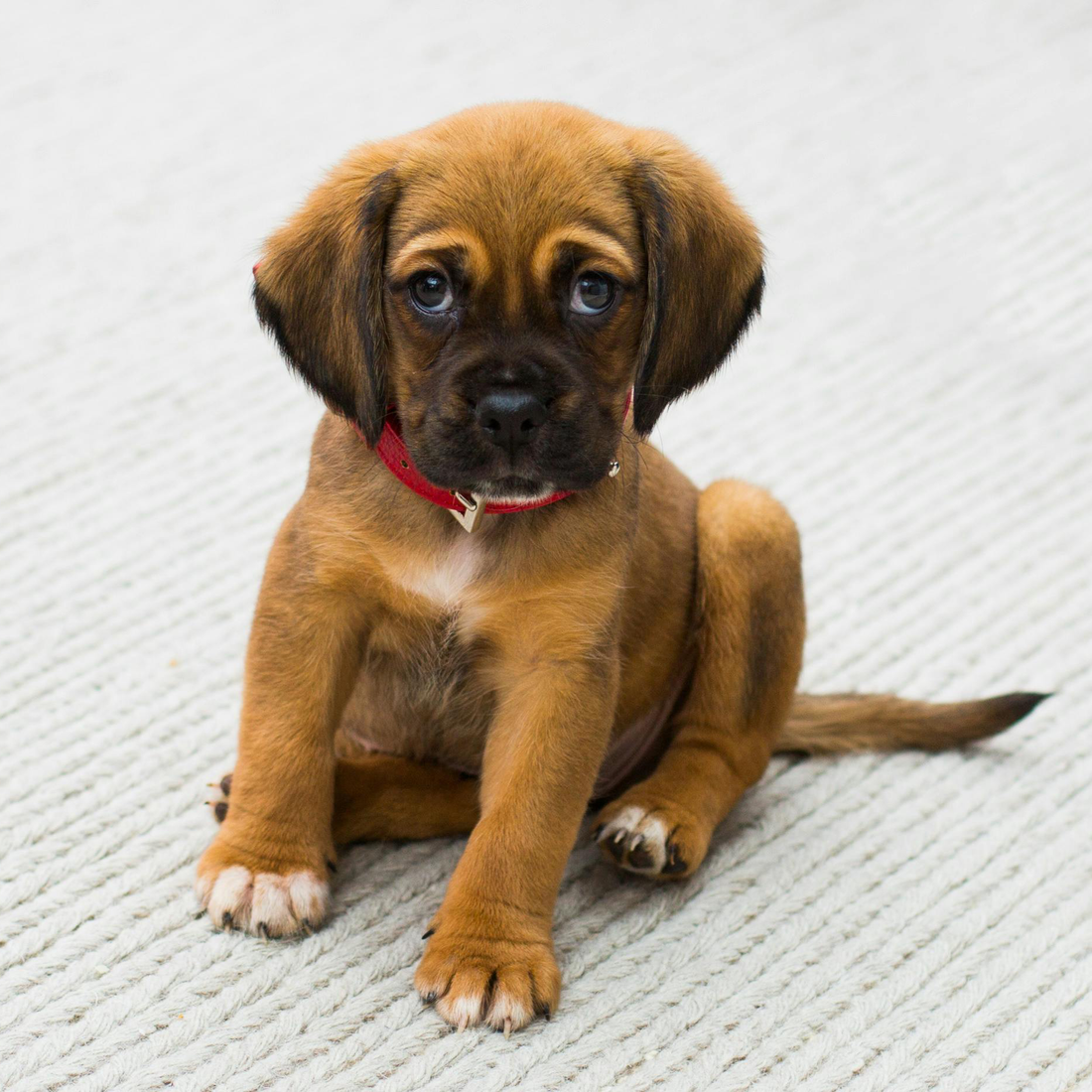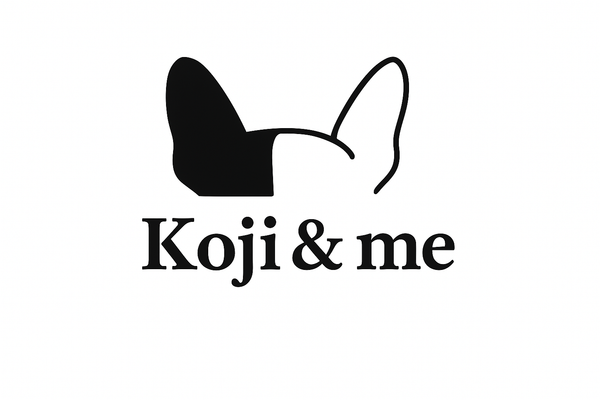
The Puppy Survival Guide: Your First 60 Days with a New Puppy
Share
You did it. You brought home a bundle of paws, fluff, and boundless energy. Your home is filled with the sweet scent of puppy breath, tiny squeaks, and the pitter-patter of little feet. It's a magical time, but let’s be honest; it can also be utterly overwhelming. The sleepless nights, the potty accidents, the needle-sharp teeth on your furniture... It's enough to make even the most prepared person question their sanity.
This feeling is so common it has a name: the "puppy blues". It’s that jarring moment when the idyllic dream of dog ownership crashes into the demanding reality. But take a deep breath. This phase is temporary, and with the right strategies, you can not only survive but thrive. This guide will walk you through the essential steps to navigate the first two months, setting you and your new furry family member up for a lifetime of happiness.
1. Control the Environment: Create Your Puppy Paradise (and Your Human Sanctuary)
One of the biggest sources of stress for new puppy owners is the feeling that their entire house has been taken over by a tiny, chewing, peeing tornado. The key to reclaiming your sanity is to proactively manage the puppy’s physical environment. This isn't about punishment; it's about setting them up for success. Essential dog supplies like baby gates, playpens, and a comfortable crate are your best friends in this stage.
The Puppy Zone:
Designate a 100% puppy-proof area where your pup can stay when you can't supervise them directly. A kitchen or a section of the living room blocked off with a playpen works perfectly. Equip this space with their bed, water bowl, and a few safe chew toys. This safe zone teaches them to be comfortable on their own, prevents destructive behaviour, and is an invaluable tool for toilet training. A crate can also be part of this zone, acting as their private den; a safe, cozy space that is theirs alone.
The People Zone:
It’s equally important for human family members to have a puppy-free space. You need a place to eat a meal without a furry face trying to climb into your lap. Use baby gates to block off certain rooms. This simple boundary gives everyone in the family a place to decompress, ensuring the puppy's presence remains a joy rather than a constant source of stress.
2. The Health Foundation: Timely Vaccinations
Before you can dream of long walks in the park, you need to take care of the most critical foundational step: your puppy's health. Schedule a visit with a veterinarian within the first week of bringing your puppy home. This initial check-up is crucial for a general health assessment and to establish a vaccination schedule.
Puppies have immature immune systems and are highly susceptible to dangerous diseases, like parvovirus. A full course of vaccinations is their shield. Your vet will outline a schedule, typically involving a series of shots given every 3-4 weeks until they are around 16-20 weeks old.
Adhering to this schedule is non-negotiable. The sooner your puppy is fully vaccinated, the sooner their world can safely open up. A fully immunised puppy can begin socialising safely, enrol in puppy school, and explore the local park without high risk. Think of it as a short-term investment for a long-term reward.
3. The Art of Redirection: Taming the Teething Terror
Let’s talk about teeth. Those tiny, razor-sharp puppy teeth seem to find their way onto everything. It’s important to remember that this is completely normal. They are exploring the world with their mouths and also soothing their sore gums from teething.
The solution is not to scold, but to redirect. Your greatest allies in this battle are high-quality dog products designed for play and chewing.
Stock Your Toy Box:
Provide a variety of textures and types. Hard rubber toys, rope toys for tugging, and puzzle toys to engage their brain are fantastic options. A puppy starter kit is often the perfect gift for your dog, ensuring they have a range of appropriate things to chew on from day one.
Master the Swap:
The moment your puppy starts chewing on something inappropriate, say your 'marker' word that refers to 'no', and immediately offer them one of their exciting toys. When they take the toy, praise them enthusiastically, and again use your marker word that conveys positive reinforcement. This teaches them a simple rule: chew the chair, the fun stops; chew the toy, the fun begins.
Never Use Your Hands as Toys:
Wiggling your fingers to entice them might seem cute, but it teaches them that human hands are fair game for biting. Always use a toy as the object of play. For a great selection of durable and engaging toys, check out our pup shop (Koji & me) for curated individual items.
4. Your Secret Weapon: Doggie Daycare for Respite
Even with all the love in the world, caring for a puppy 24/7 is exhausting. It's okay to need a break. In fact, planning for respite is one of the smartest things you can do. This is where a reputable doggy daycare comes in.
Enrolling your puppy in daycare for even one or two half-days a week (once they are old enough and have the necessary vaccinations) is a win-win.
For Your Puppy:
Daycare provides a safe, controlled environment for crucial socialisation. They learn how to read canine body language, how to play appropriately, and build confidence. Plus, the exercise will leave you with a tired, happy puppy at the end of the day.
For Your Family:
Daycare gives you a scheduled, guilt-free break. You can use this time to work, run errands, or simply recharge. This prevents burnout and helps you ensure the time you do spend with your puppy is high-quality and joyful.
When choosing a daycare, do your research and seek out personal recommendations. Look for one with strict vaccination policies, a good staff-to-dog ratio, and clean facilities.
5. The Golden Rule: Patience, Compassion, Tolerance, and Time
This is the most important part of the entire journey. You can have all the right gear, but without patience, none of it will matter. Bringing a puppy home is a massive life change, not just for you, but for the puppy. They have been taken from their mother and siblings and thrust into a strange new world. They are looking to you for everything. You and your family are now their entire world.
With time, patience, tolerance, and compassion:
Pup Can Feel Safe and Loved:
Your patience is their security. When you respond to an accident with calm cleanup instead of anger, you are teaching them that you are a safe base. This trust is the bedrock of your bond.
Pup Can Express Their Personality:
A scared puppy will be shut down. As they begin to feel safe, their true personality will blossom. You'll discover their funny quirks and the unique spirit that makes them who they are.
Pup and Family Have Time to Bond:
Love and deep connection don't always happen overnight. This bond is forged through shared experiences; the successful training sessions, the goofy playtime, and the quiet cuddles on the sofa.
Family Can Find Acceptance:
Your life has changed. It takes time for the whole family to adjust to this new normal. Patience allows you to move through the frustration and find acceptance, eventually reaching a point where you can't imagine life without them.
The first two months are a rollercoaster. There will be moments of incredible joy and moments of deep frustration. But if you lead with compassion and give everyone the gift of time, you will get through it. For all the gear mentioned here, from crates to chew toys, our dog store (Koji & me) is stocked with high-quality supplies to help you on your journey. And as any dog family will tell you, if you give it the time it deserves, you will never, ever second-guess your adoption over the longer term.
Thank you for your time,
Sarah J
Does your home need a 'puppy fit check'? If your missing anything, or want some high quality wares, consider dog products from Koji & Me (All Products), especially the ‘Get About Bottle’ for your longer walks, when puppy is vaxxed and allowed out.




